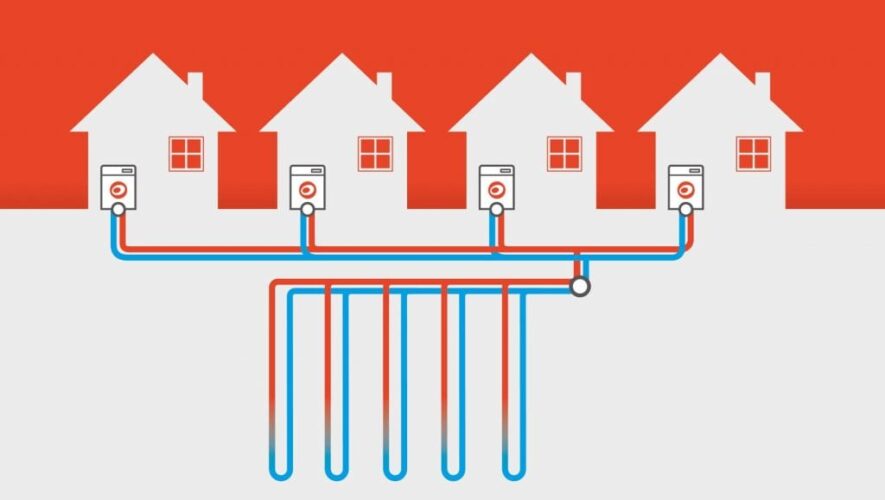New England is known for its cold and snowy winters and residents need a reliable heating source to keep their homes warm and comfortable. While traditional heating systems like gas boilers and furnaces are common in the region, an increasing number of homeowners are turning to heat pumps as an energy-efficient and cost-effective heating solution.
The efficiency of a heat pump is measured by its coefficient of performance (COP), which is the ratio of the heat output to the amount of energy input. The COP of a heat pump is typically between 2 and 5, meaning that for every unit of electricity input, the heat pump produces 2 to 5 units of heat output. This is much more efficient than traditional electric resistance heating or a gas or an oil fired heating system, which has a COP less than 1, meaning that heat pumps only require 20-50% of the energy to heat your home than traditional sources. Heat pumps are really efficient which makes them not just a great option for saving the environment but since they are eligible for tax credits and rebates, offsetting their high upfront cost, making them a long term cost-effective option for homeowners.
Heat pumps work by extracting heat from the air or ground and using it to heat your home/office. Typically heat pumps look and work like your air conditioner during the summer. They pump the heat from the building to outside during the summer. They are highly efficient, and if the electricity used to operate them is from a renewable source, they are a sustainable and environment-friendly option. One of the most common types of heat pumps is the air source heat pump (ASHP). ASHPs are a popular choice in New England as they can provide heating and cooling throughout the year. A well designed and maintained heat pump works best in temperatures above -20°C, which is typical for the region’s climate. ASHPs can be installed outside your home and can provide significant savings on your heating bills when compared to traditional heating systems.
Around 10% of space heating needs globally were met by heat pumps in 2021, but the pace of installation is growing rapidly. The share of heat pumps is comparable to that of fuel oil for heating and of other forms of electric heating but lower than the over 40% of heating reliant on gas heating and the 15% reliant on district heating. In some countries, heat pumps are already the largest source of heating. In Norway, 60% of buildings are equipped with heat pumps, with Sweden and Finland at over 40%, undercutting the argument that heat pumps are unsuitable for cold climates. Heating in buildings is responsible for 4 gigatonne (Gt) of CO2 emissions annually which’s is 10% of total global emissions. Adopting heat pumps for building heating and cooling could potentially have a great environmental savings effect.
However, there are some barriers to adopting heat pump technology fully. Heat pumps may not be suitable for every home. They work best in well-insulated homes with low heating requirements, and there may be days when the temperatures plummet really low ie below -20 C and you would have to use a back-up heat source in your home to stay warm (although very rarely ), and they are prone to maintenance if not designed and installed correctly, for example they may develop refrigerant gas leak, electrical faults and condenser cleaning etc. So it’s important to work with a reputable installer who can assess your specific needs, recommend and install the best heat pump for your home and budget.
If you already have an oil a natural gas heating system at home which is good for a few years to come, You probably should just stick to it, but if you have a heating system that needs a replacement and you have a house that is well insulated and air tight then it makes a lot of sense to go for the heat pump solution, which may be expensive upfront but it surely will save you money in the long run in your energy bill and will definitely add to your effort our carbon footprint.


